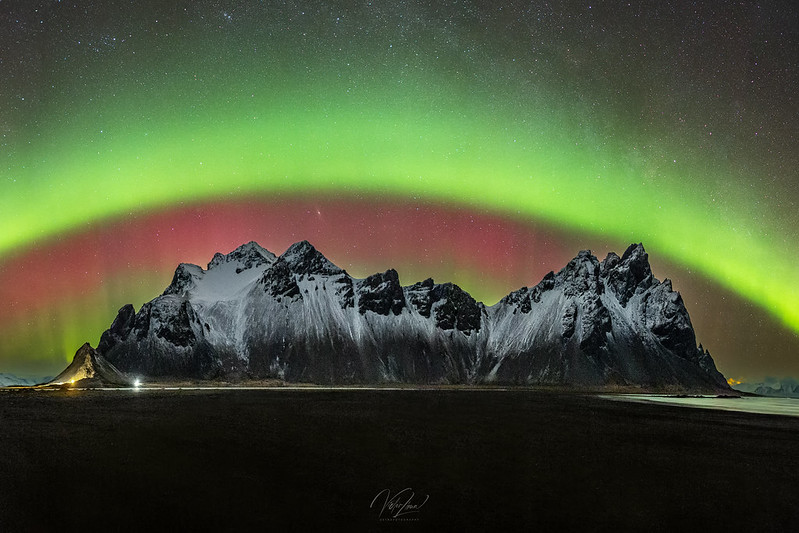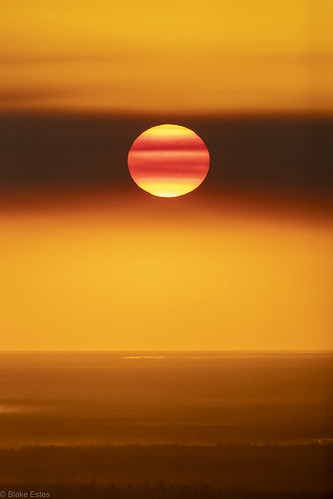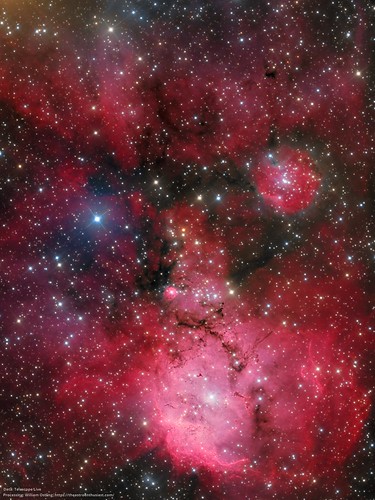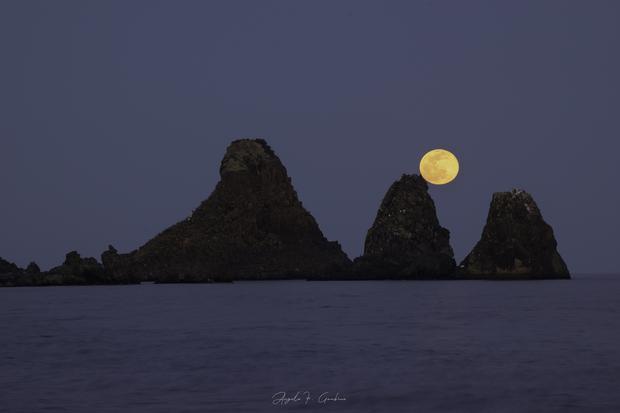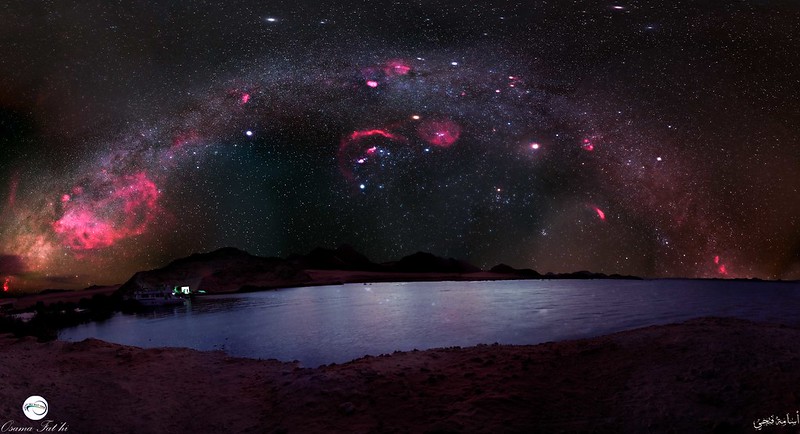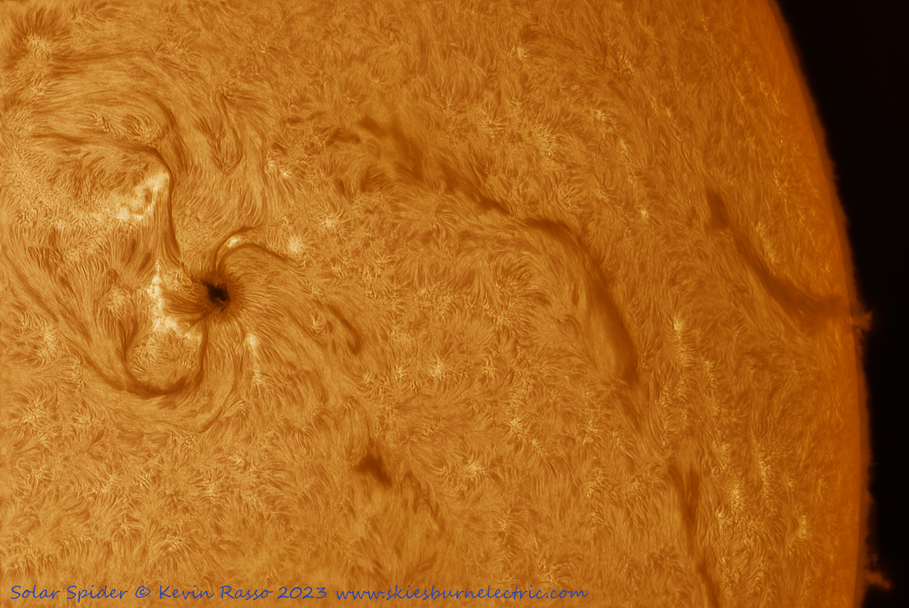Cloud moon bow from ....... the International Space Station!
I am a long time atmospheric optics and astronomy amateur, as I look at the sky every day and almost every night. And when I can do both (astronomy and atmospheric optics searching), this brings even greater satisfaction.
Earlier last year, I remembered I made something with old ISS pictures that were available (I don't know if they still are) on the NASA website, as I used to collect them to make my own time-lapses, mostly for storms and auroras animations. And while reviewing one (is shared here
https://drive.google.com/file/d/1-AOWBJ ... Gnf45/view), I saw, with the fast movement of the station above Earth, something that could be a cloud bow, before reaching the water cloud less area (00:00:02 to 00:00:03), and indeed it was.
Enhancing the pictures with unsharp mask, then stacking while following the presumed center of the bow, it resulted in the picture shown below. I decided to submit it to the pool for APOD, as it is as Astronomy as Atmospheric optics picture (as other seen here with only the atmospheric attribute). To me, the beauty of the picture is not the goal, the goal is in the atmospheric optics with
this location.
So i hope you will find it interesting too.
https://live.staticflickr.com/65535/527 ... 1037_o.jpg
Pictures I downloaded from NASA website are for the date of 7th September of 2011, and have been taken during a fly over Indian Ocean.
On the second part of the video, we can see the Orion star constellation rising from the Earth (top left), and giving the position of the supposed center of the bow, near Gemini star constellation, it was right at the opposite of the Moon, which was in Sagittarius star constellation at that time (hour, day, month, year). Here is a map from Stellarium, at the time of the picture, to render the approximate position of the bow and the star/Moon
With the Orion star constellation on the right, it is possible to evaluate the angle of the arc, with the supposed center of it, that can be estimated using tangents on the arc in two points. This is giving more or less 40°, with fit with a cloud bow then.
With the width of the arc, it could be possible to estimate the size of the droplets that mainly contributed to it.
There is the simulation with Stellarium
Copyright: NASA (for source materials) and Nicolas Rossetto (for the processing part of it)
Time of the source materials: Septembre 7th, 2011
Location: Somewhere above Indian Ocean
Greetings from Jura, France.
N. Rossetto
 Jupiter and Venus above Saint-Gatien cathedral by Joel Klinger, sur Flickr
Jupiter and Venus above Saint-Gatien cathedral by Joel Klinger, sur Flickr Jupiter and Venus above Saint-Gatien cathedral - With notes by Joel Klinger, sur Flickr
Jupiter and Venus above Saint-Gatien cathedral - With notes by Joel Klinger, sur Flickr